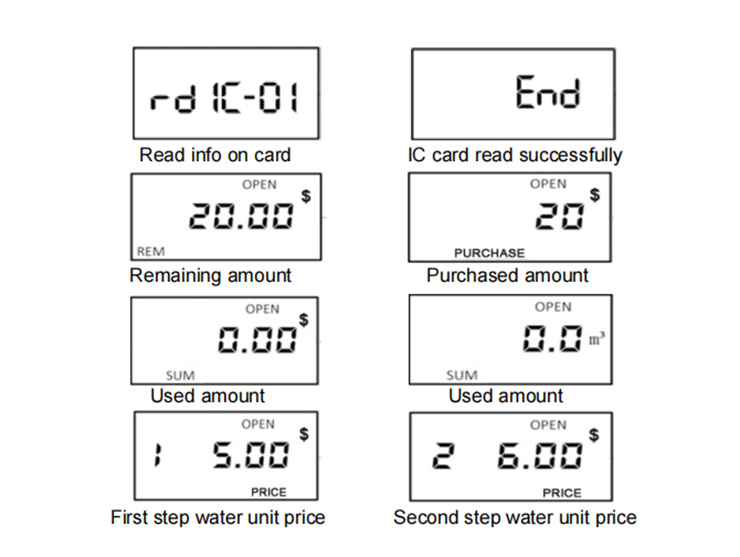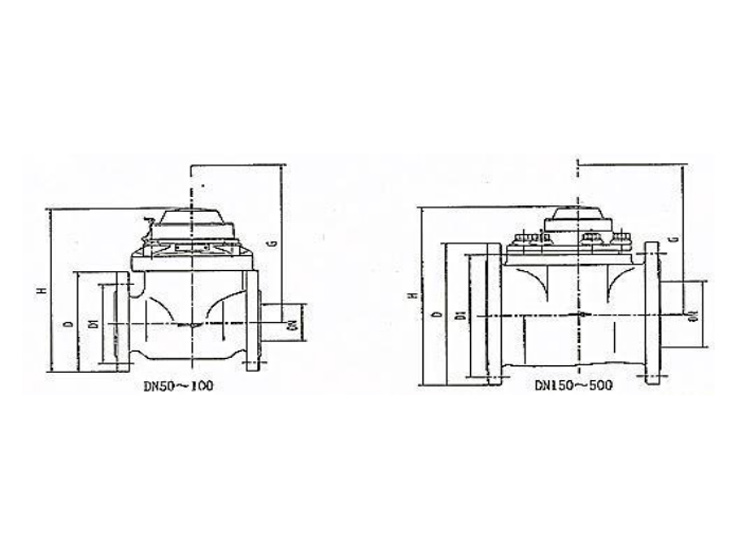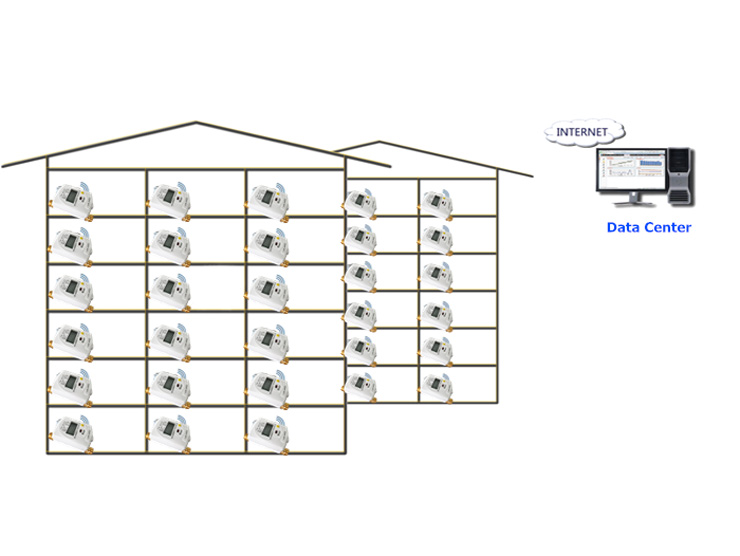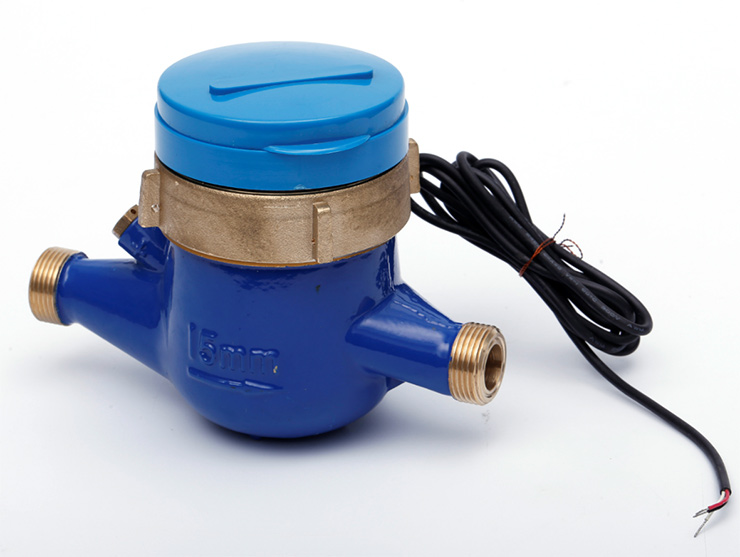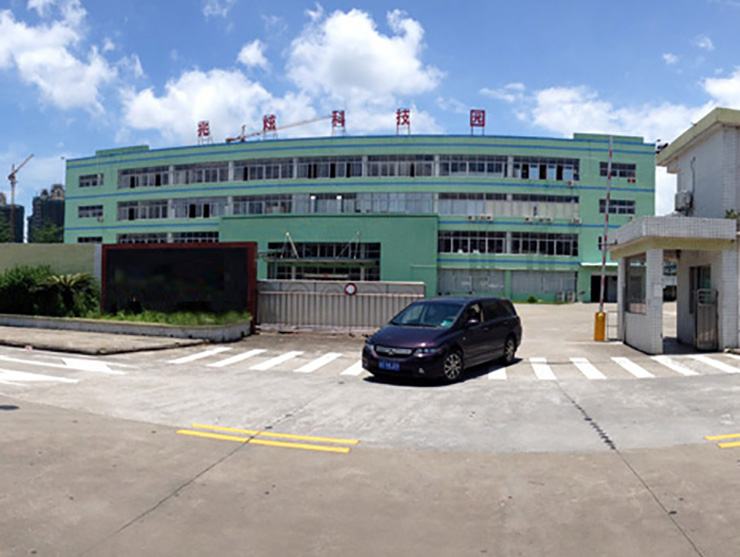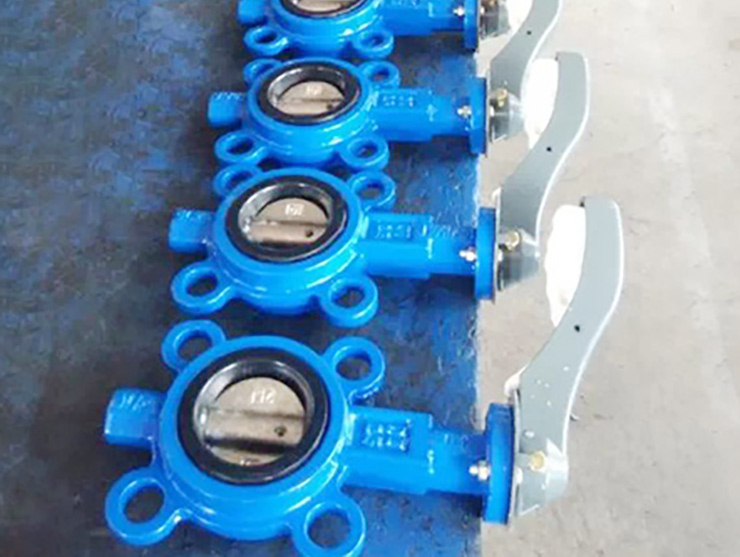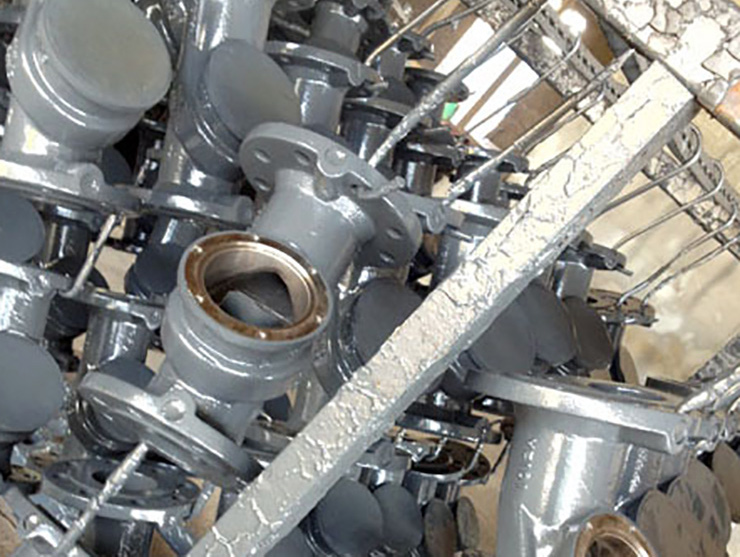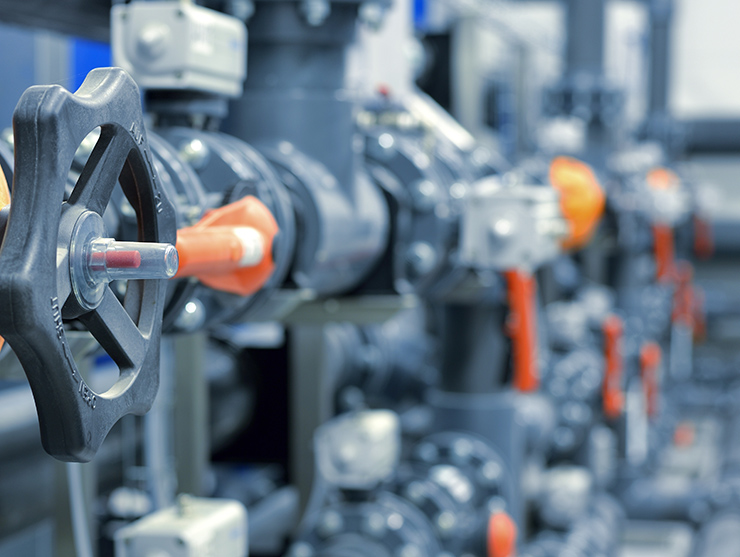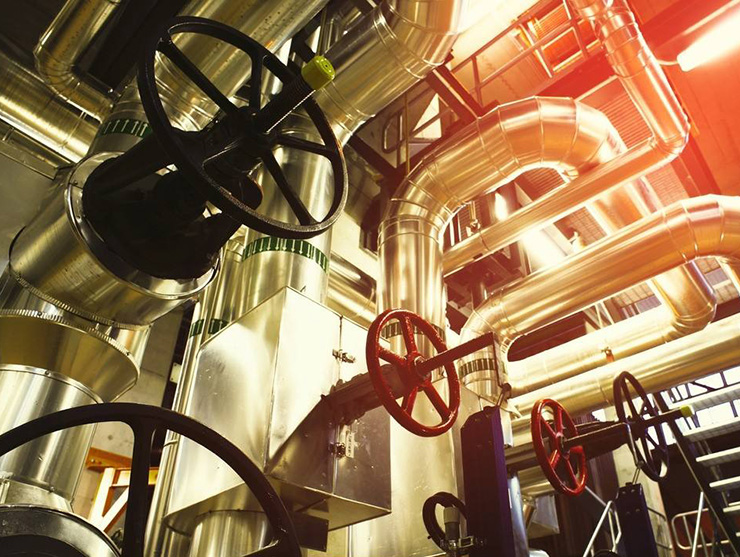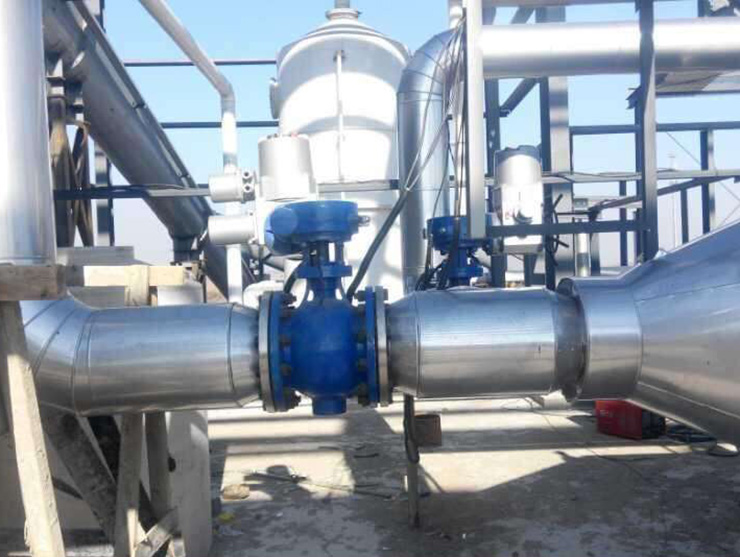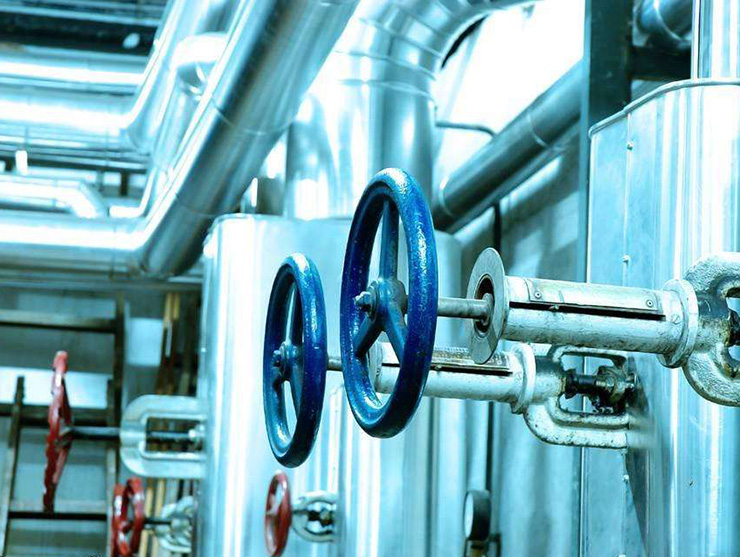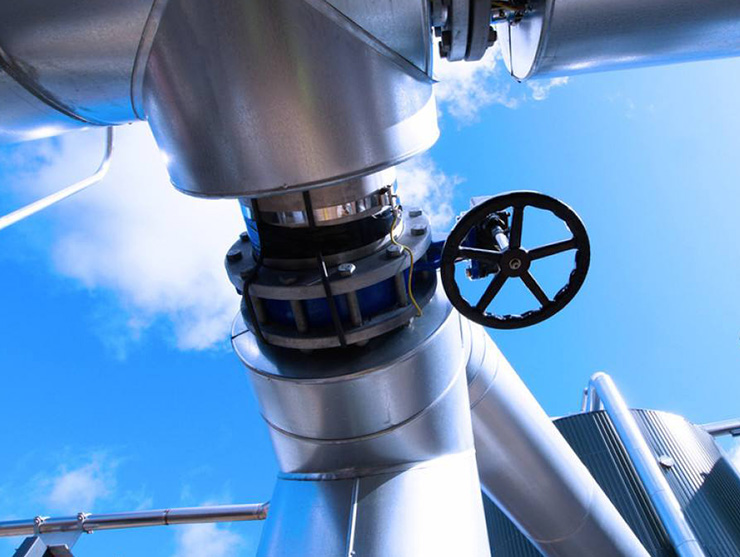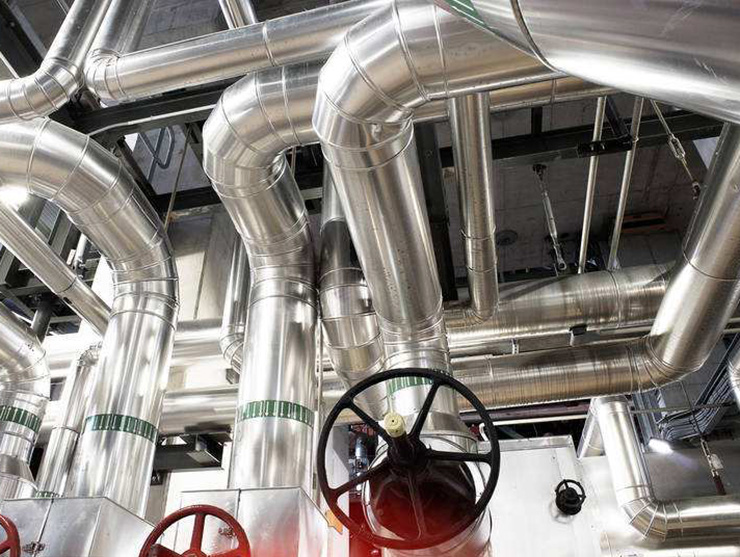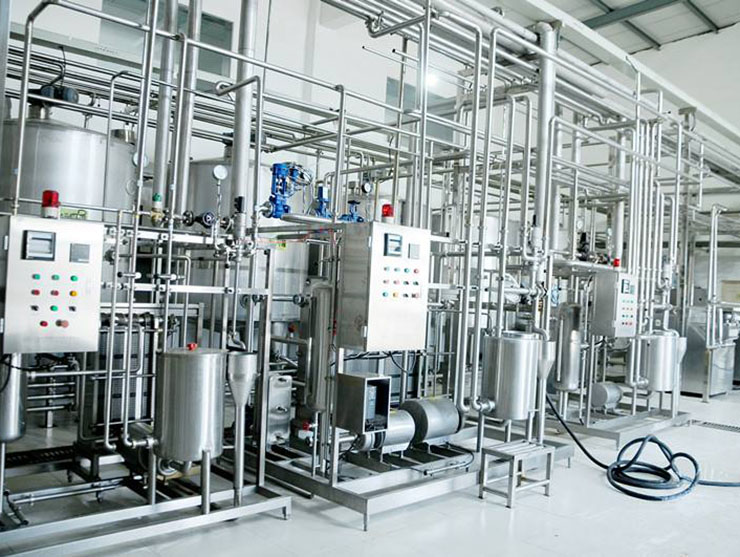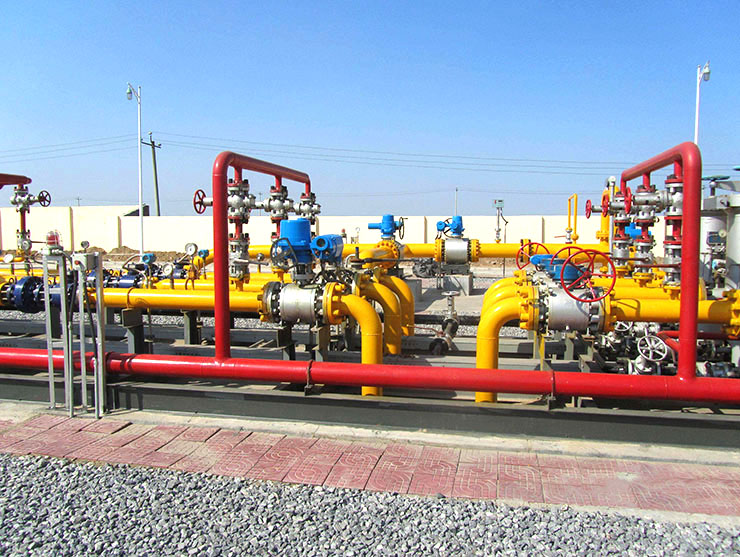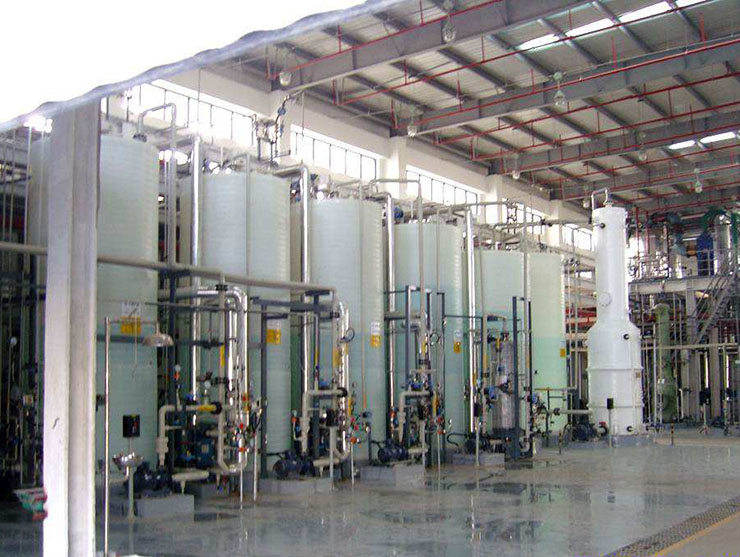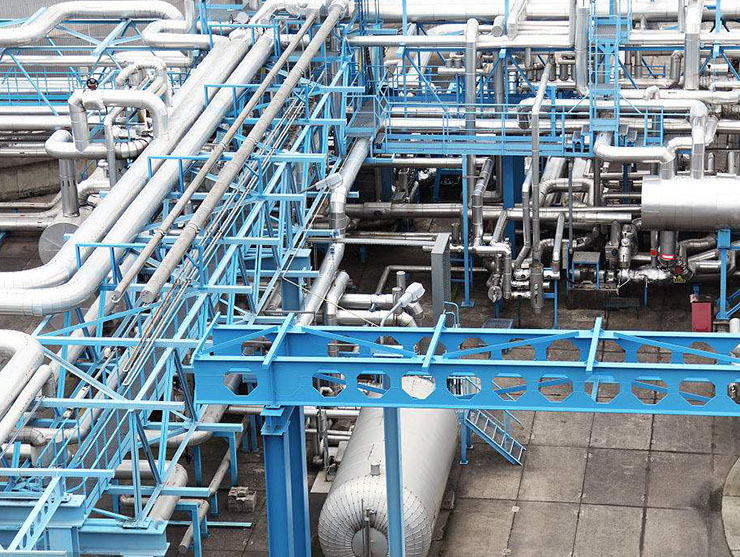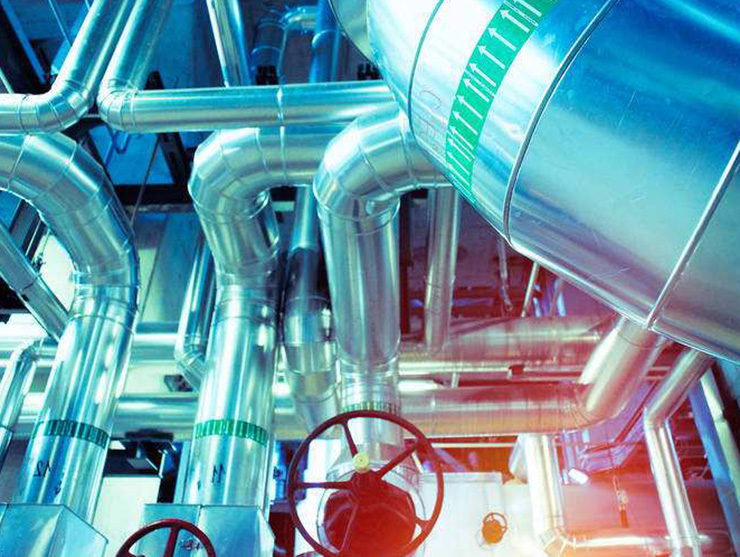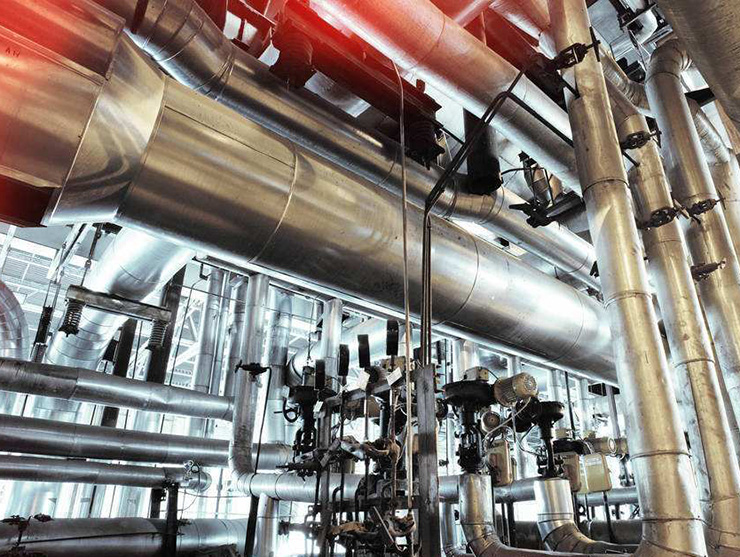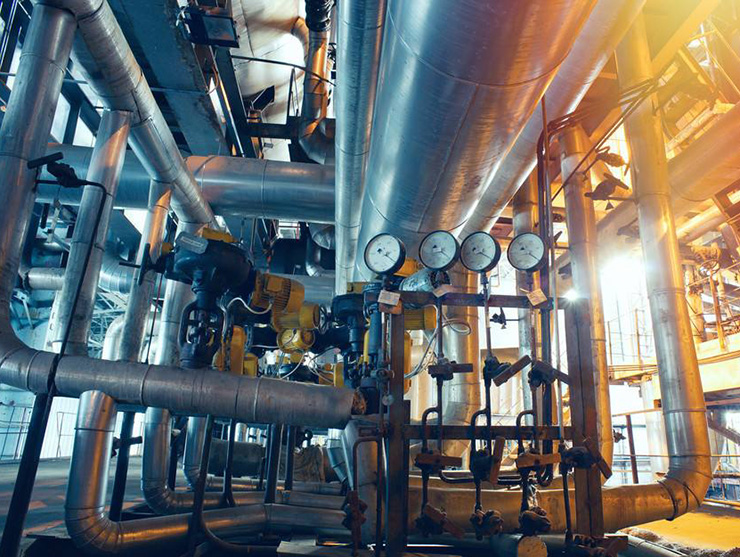News
Factors affecting the quality of castings
The evaluation of castings’ quality mainly includes appearance quality, intrinsic quality and quality of use.
Appearance quality refers to the surface roughness, surface defects, dimensional deviation, shape deviation and weight deviation of the casting; the intrinsic quality mainly refers to the chemical composition, physical properties, mechanical properties, metallographic structure of the casting, and the holes and cracks present in the casting. Inclusions. Isolation and other conditions; the use of quality refers to the durability of the casting under different conditions, including wear resistance, corrosion resistance, low temperature heat, fatigue, shock absorption and other properties as well as workability, weld ability and other process properties. .
Casting quality has an important impact on the performance of mechanical products. For example, the wear resistance and dimensional stability of machine tool castings directly affect the accuracy of the machine tool to maintain the service life; the size of the impeller, the cavity of the housing and the hydraulic pump, the accuracy of the profile and the surface roughness directly affect the pump. And the working efficiency of the hydraulic system, energy consumption and cavitation development; the strength and cold and heat resistance of the internal combustion engine cylinder block, cylinder head, cylinder liner, piston ring, exhaust pipe and other castings directly affect the service life of the engine.
Many factors affect the quality of the casting.
The first is the design and operability of the casting. In design, in addition to determining the geometry and size of the casting based on working conditions and metal material properties, the rationality of the design must be considered from the perspective of the cast alloy and casting process characteristics, namely significant dimensional effects and solidification and shrinkage. . To avoid or reduce the occurrence of defects such as segregation, deformation, cracking of the casting.
The second is to have a reasonable casting process. That is to say, according to the structure, weight and size of the casting, the characteristics of the casting alloy and the production conditions, the appropriate parting surface and shape, the core making method, the reasonable setting of the casting rib, the cold iron, the riser and the casting system are selected to ensure the quality of the casting.
The third is the quality of the foundry materials. Metal furnace materials, refractories, fuels, fluxes, modifiers and foundry sands, sand binders, coatings and other materials are not standard, which may cause defects such as pores, pinholes, inclusions and castings, which affect castings. Castings with serious internal quality will be discarded.
The fourth is process operation. It is necessary to formulate a reasonable process operation process, improve the technical level of workers, and make the process procedures correctly implemented.


